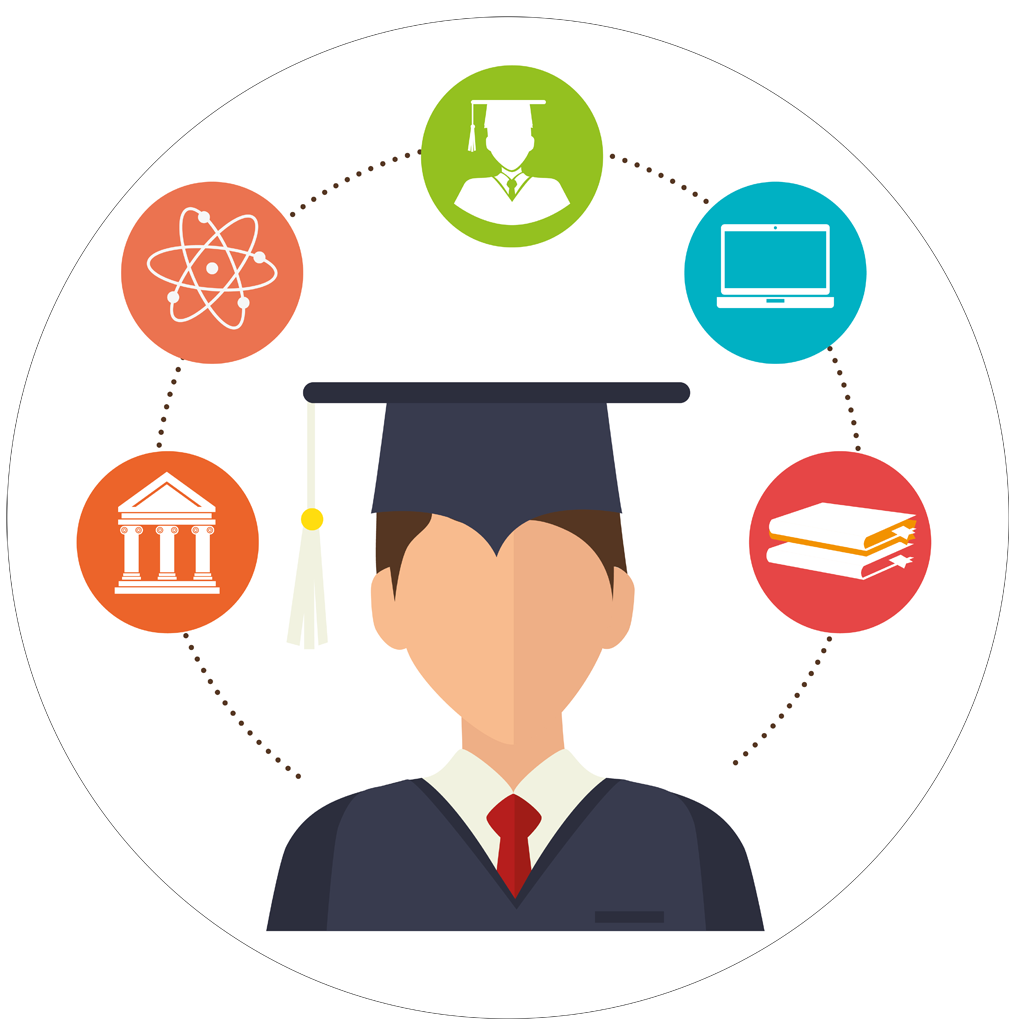Public speaking remains one of the most powerful skills students can develop today, transcending classroom walls to build confidence and career prospects. As students navigate a world increasingly reliant on clear communication and persuasive storytelling, mastering public speaking is essential. From TED talks that inspire millions to Toastmasters clubs nurturing speakers worldwide, the landscape offers ample inspiration and resources. Here’s a guide featuring eight essential, actionable tips designed to help students elevate their public speaking prowess and captivate any audience.
Building Confidence: How Students Can Overcome Fear of Public Speaking
Most students encounter anxiety when asked to speak publicly. This fear stems from the worry of judgment or making mistakes. However, overcoming this fear is the first step toward effective speaking. Techniques promoted by programs such as Dale Carnegie and Fearless Presentations emphasize preparation and positive visualization.
- Practice regularly: Repetition desensitizes nerves and boosts muscle memory for smooth delivery.
- Visualize success: Mentally rehearsing a positive outcome builds self-assurance.
- Start small: Begin with familiar groups before progressing to larger audiences.
- Seek feedback: Constructive criticism helps identify strengths and areas to improve.
Navigating early experiences with support from platforms like SpeakWell can transform nervousness into confidence.
Preparing Your Speech: Organizing Content for Maximum Impact
Preparation is the backbone of any compelling presentation. According to experts at Presentation Guru and The Speaker Lab, structuring your speech clearly helps your audience follow the argument and retain key points.
- Start with a strong opening: Capture attention with a startling fact, question, or an anecdote.
- Create a roadmap: Outline your main ideas so listeners know what to expect.
- Support with evidence: Use data, stories, or quotes to back your points convincingly.
- End memorably: Summarize your message with a call to action or thought-provoking statement.
Students aiming for scholarship opportunities might find this structure helpful for persuasive presentations seen in many scholarship interviews, like those listed on Scholarship Overlord’s top easy-to-apply scholarships.
Mastering Non-Verbal Communication: The Silent Power of Public Speaking
Words account for only a fraction of communication effectiveness. Experts from The Public Speaking School and Confidence Builders stress body language, eye contact, and voice modulation as key to engaging the audience.
- Maintain eye contact: Builds trust and connection with listeners.
- Use appropriate gestures: Reinforces messages and expresses enthusiasm.
- Control your posture: An upright stance conveys confidence and keeps your voice strong.
- Vary your vocal tone: Emphasize important points and prevent monotony.
Incorporating these skills boosts credibility and can impact outcomes in academic and professional settings.
Engaging Your Audience: Techniques for Captivating Listeners
Capturing and holding audience attention is a skill in itself. TED speakers are masters of interaction, often involving their listeners through questions, stories, or humor. Toastmasters clubs encourage these interactive methods to help speakers connect authentically.
- Ask rhetorical questions: Stimulate thinking without expecting answers.
- Share relatable stories: Personal anecdotes foster empathy.
- Use humor tactfully: Lightens mood and maintains attention.
- Invite participation: Simple prompts encourage involvement.
For students preparing for competitive scholarships, engaging presentations can be the difference-maker as emphasized by SpeakUp resources.
Handling Nervousness: Strategies to Stay Calm and Focused
Even the most seasoned speakers experience nervousness. Techniques from Fearless Presentations and Dale Carnegie include mindfulness, breathing exercises, and preparation to mitigate anxiety.
- Practice deep breathing: Reduces heart rate and calms nerves.
- Use positive affirmations: Boosts self-belief before taking the stage.
- Visualize overcoming challenges: Builds resilience and mental readiness.
- Arrive early: Familiarity with the environment eases stress.
Building these habits allows students to channel nervous energy into passionate delivery.
Utilizing Technology and Tools for Public Speaking Success
Modern presentations often rely on visual aids and digital tools. Sites like Presentation Guru offer tips for using slides effectively without overwhelming your message.
- Keep slides simple: Use bullet points and visuals instead of text-heavy content.
- Use a remote clicker: Move freely and engage with the audience.
- Leverage video clips: Short multimedia segments can enhance understanding.
- Practice with tech: Familiarity prevents technical mishaps during presentations.
Students applying for scholarships should also explore tips shown on Scholarship Overlord’s guide, which highlight effective presentation skills in scholarship interviews.
Learning from the Best: Top Resources for Students to Improve Public Speaking
Learning from seasoned professionals accelerates growth. Platforms such as TED, Toastmasters, SpeakWell, and The Speaker Lab offer invaluable guidance. Additionally, online communities and courses provide continued practice and feedback.
- Watch TED talks: Absorb varied speaking styles and topics.
- Join Toastmasters clubs: Receive regular practice and structured feedback.
- Use SpeakUp platforms: Access personalized coaching and peer support.
- Read books by Dale Carnegie: Timeless advice on communication mastery.
Engaging with these resources positions students for long-term success in public speaking and beyond.


